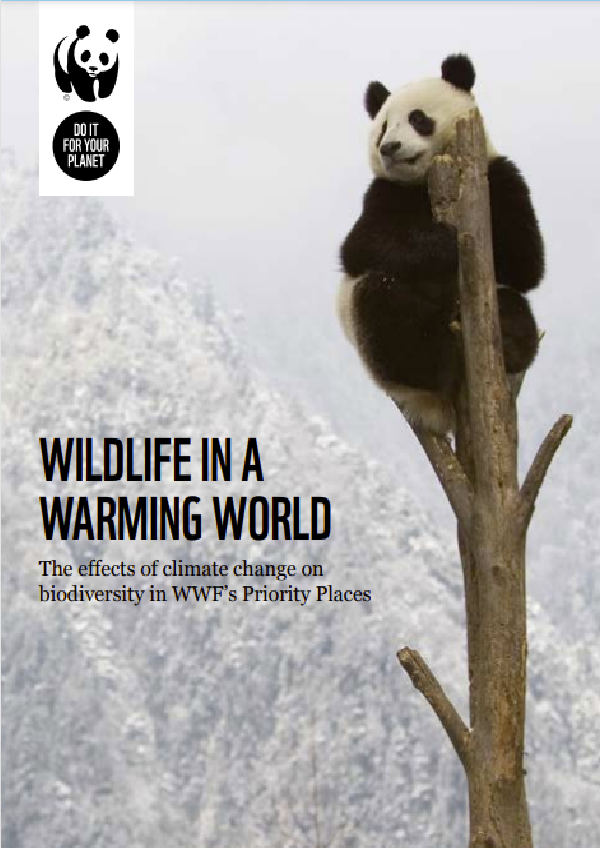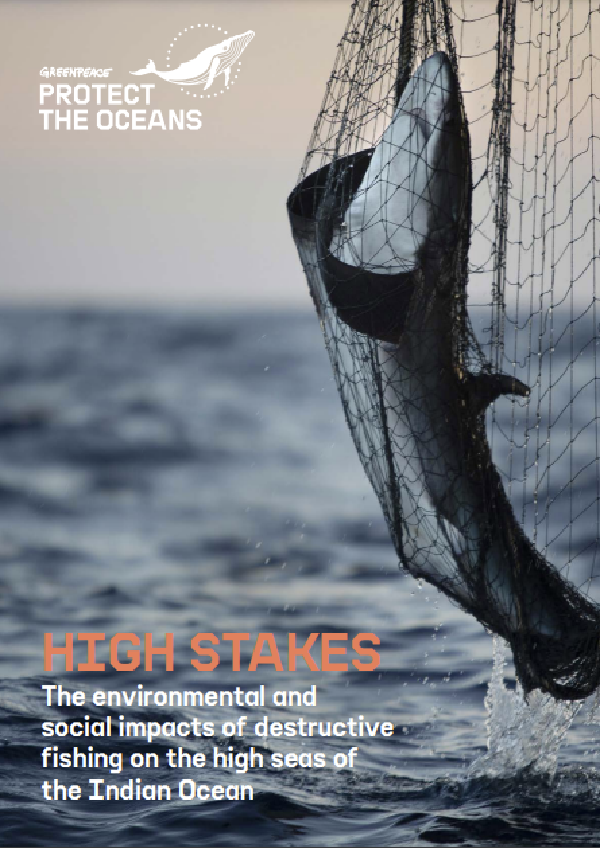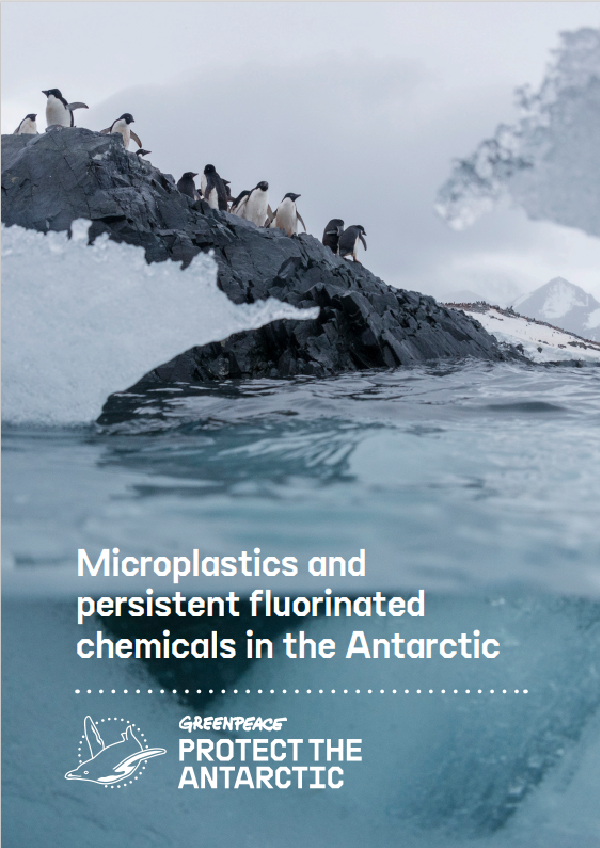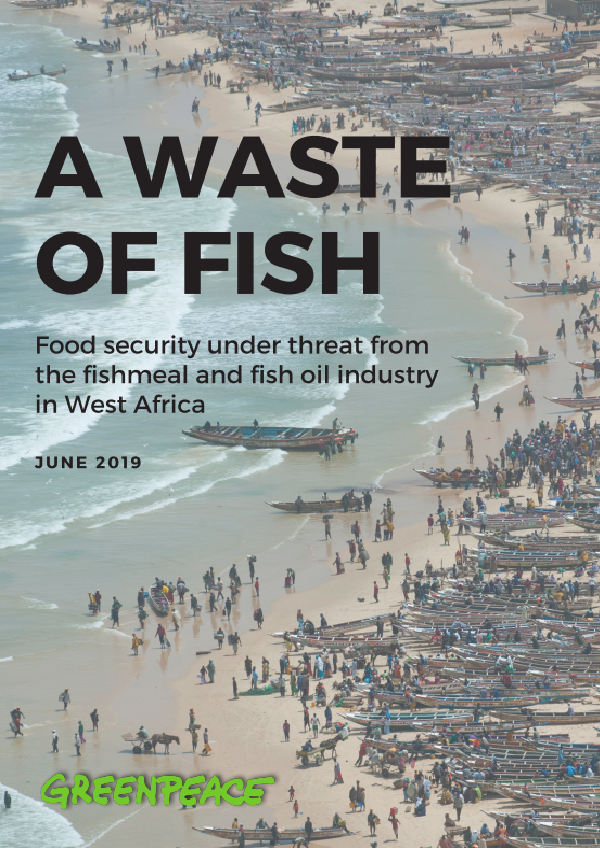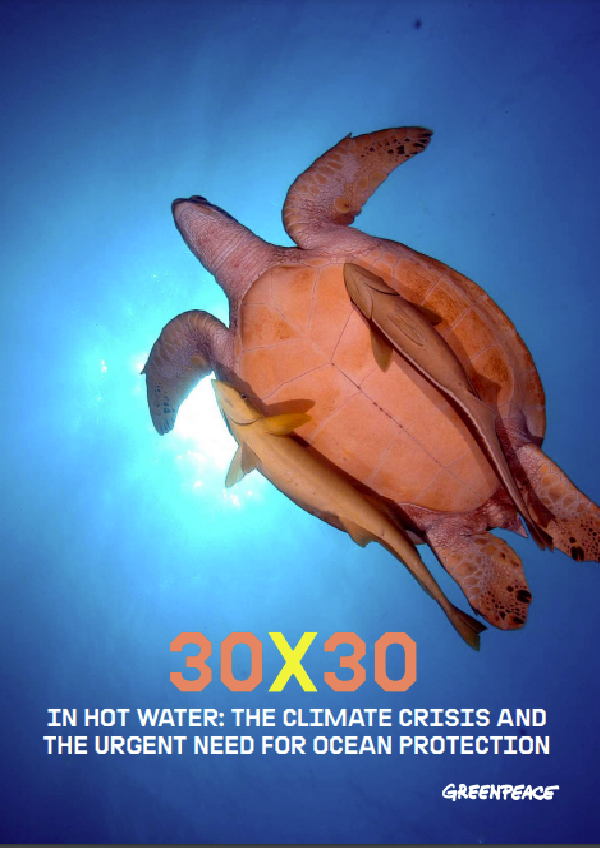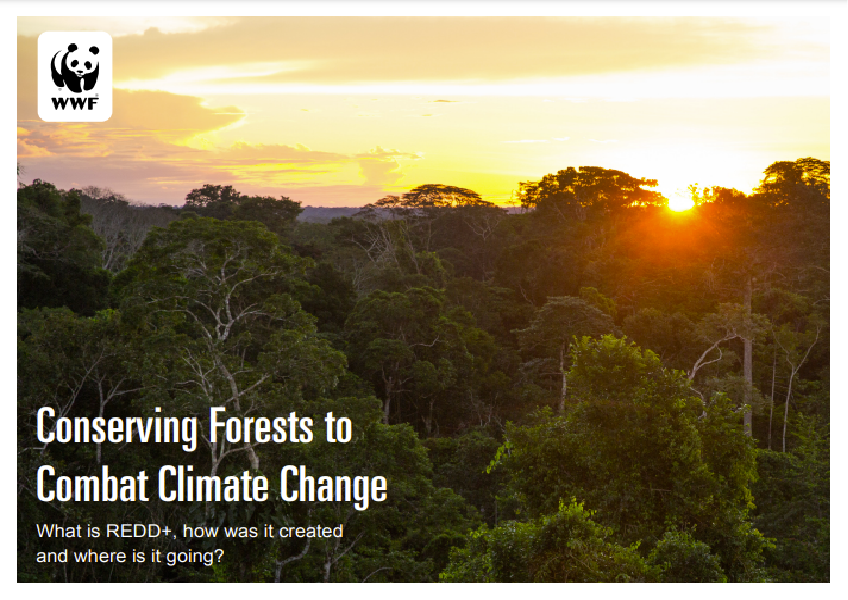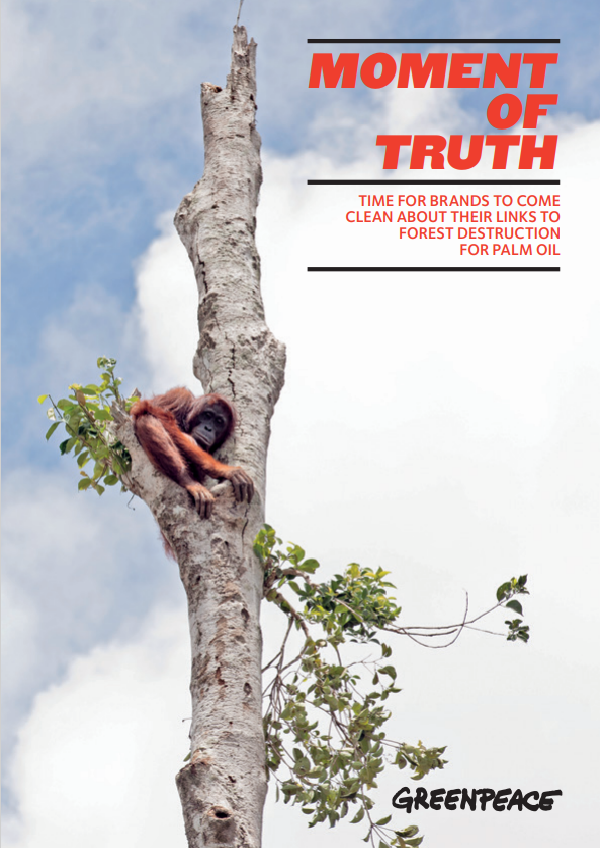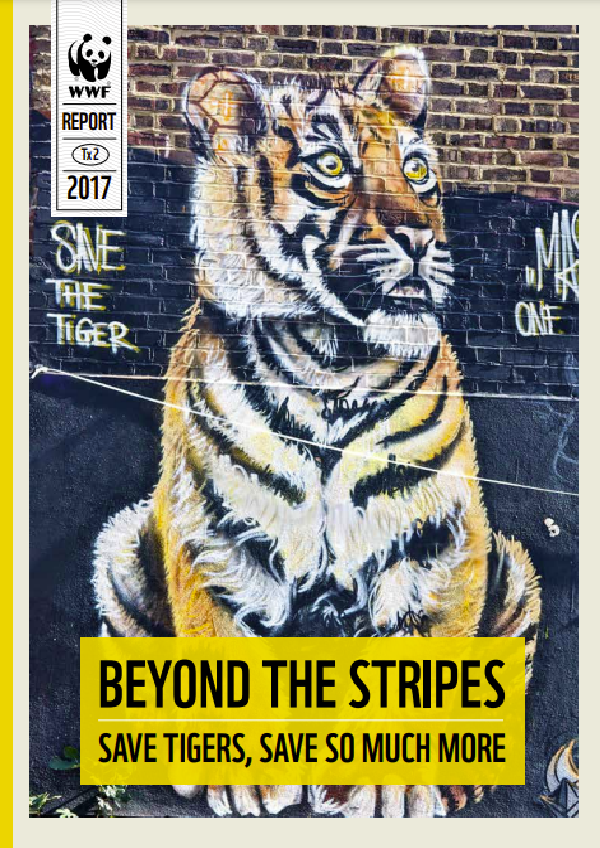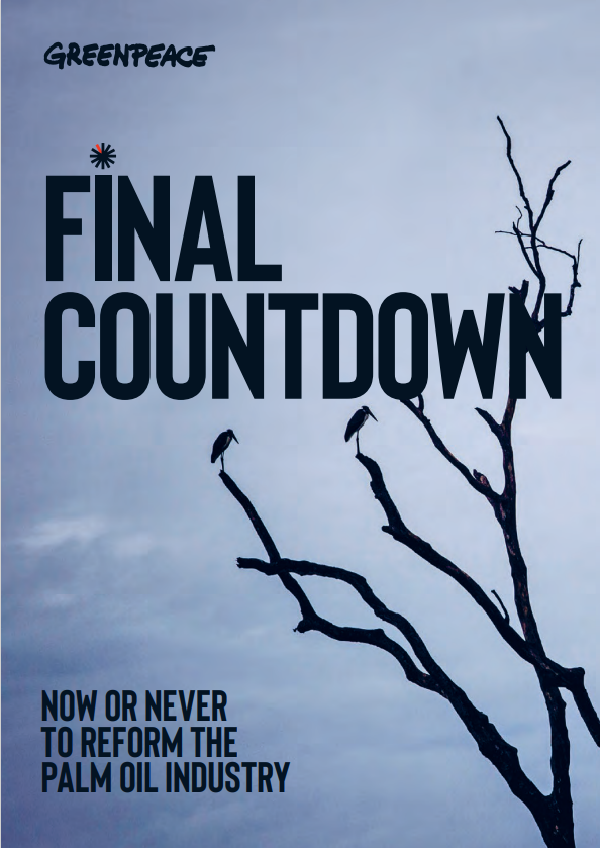The impact of climate change on biodiversity and its adaptation is directly related to the protection of biodiversity in the future.
Climate change has altered species phenology and behavior, distribution, and abundance exterminated some species, increased the frequency and intensity of pest outbreaks, and will likely alter ecosystem structure and function.
Interconnections between biodiversity and climate change
The link between biodiversity and climate change is two-way: on the one hand, biodiversity is threatened by climate change, and on the other hand, biodiversity can mitigate the effects of climate change.
In the Arctic, shortened sea ice cover seasons reduce polar bears’ hunting time, threatening their habitat and survival.
Climate fluctuations in North America have reduced the number of plankton, the main food of North Atlantic right whales. There are currently only about 300 right whales alive in the world, and food shortages due to climate change are gradually becoming the main cause of death for these whales.
Warming temperatures in the Pacific Ocean will reduce the number of turtle male offspring and threaten turtle populations. The sex of turtle hatchlings depends on the temperature at hatching, with higher temperatures increasing the number of female turtles.
Climate change: a threat to biodiversity
There is evidence that climate change has and will continue to affect biodiversity.
The adverse impacts of climate change on the species segment of biodiversity include:
• Shifts in species distribution,
• Rising extinction rates,
• changing breeding times,
• Changes in the length of the growing season of plants.
The future of biodiversity is in our hands. What happens next is up to us.
Biodiversity adaptation to climate change includes two aspects: natural adaptation and anthropogenic adaptation. Natural adaptation is reflected in species adaptive evolution, migration, ecosystem stability, elasticity, etc. anthropogenic adaptation is reflected in the planning and design of protected areas, adaptive management of ecosystems, ecological restoration, climate disaster prevention, etc.
By adopting biodiversity strategies that adapt to and mitigate the impacts of climate change, ecosystem resilience can be enhanced and the risk of damage to human and natural ecosystems lessened. Mitigation refers to human interventions such as reducing sources of greenhouse gases or increasing carbon sequestration, while adaptation to climate change refers to adjustments in natural or human systems to climatic stimuli or their effects in order to control the extent of harm or take advantage of favorable opportunities.
Activities that contribute to climate change mitigation or adaptation include:
• Maintain and restore native ecosystems,
• Protect and enhance ecosystem services,
• Manage endangered species habitat,
• establishing shelters and buffer zones,
• Establish a network of terrestrial, freshwater, and marine protected areas that takes into account projected climate change factors.
